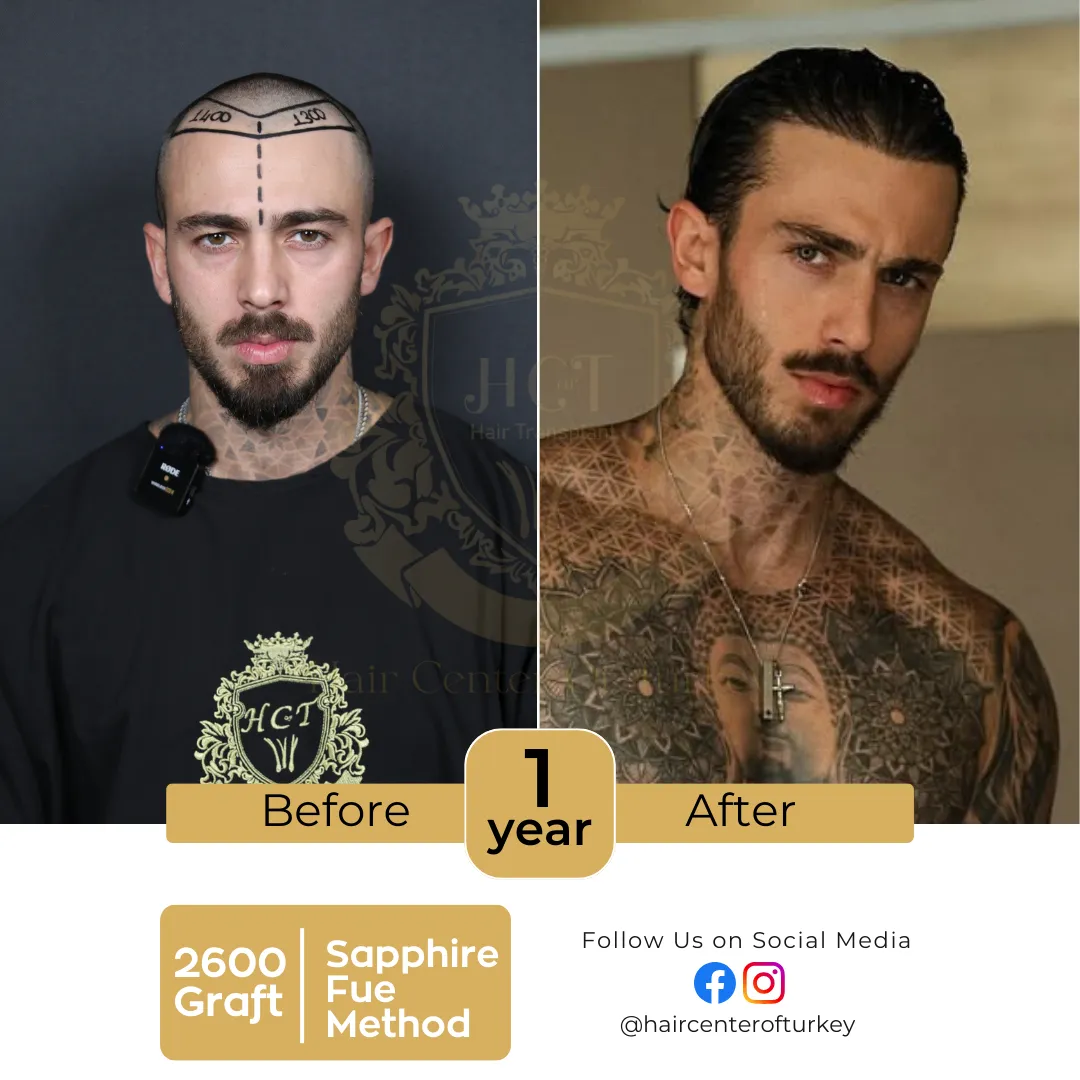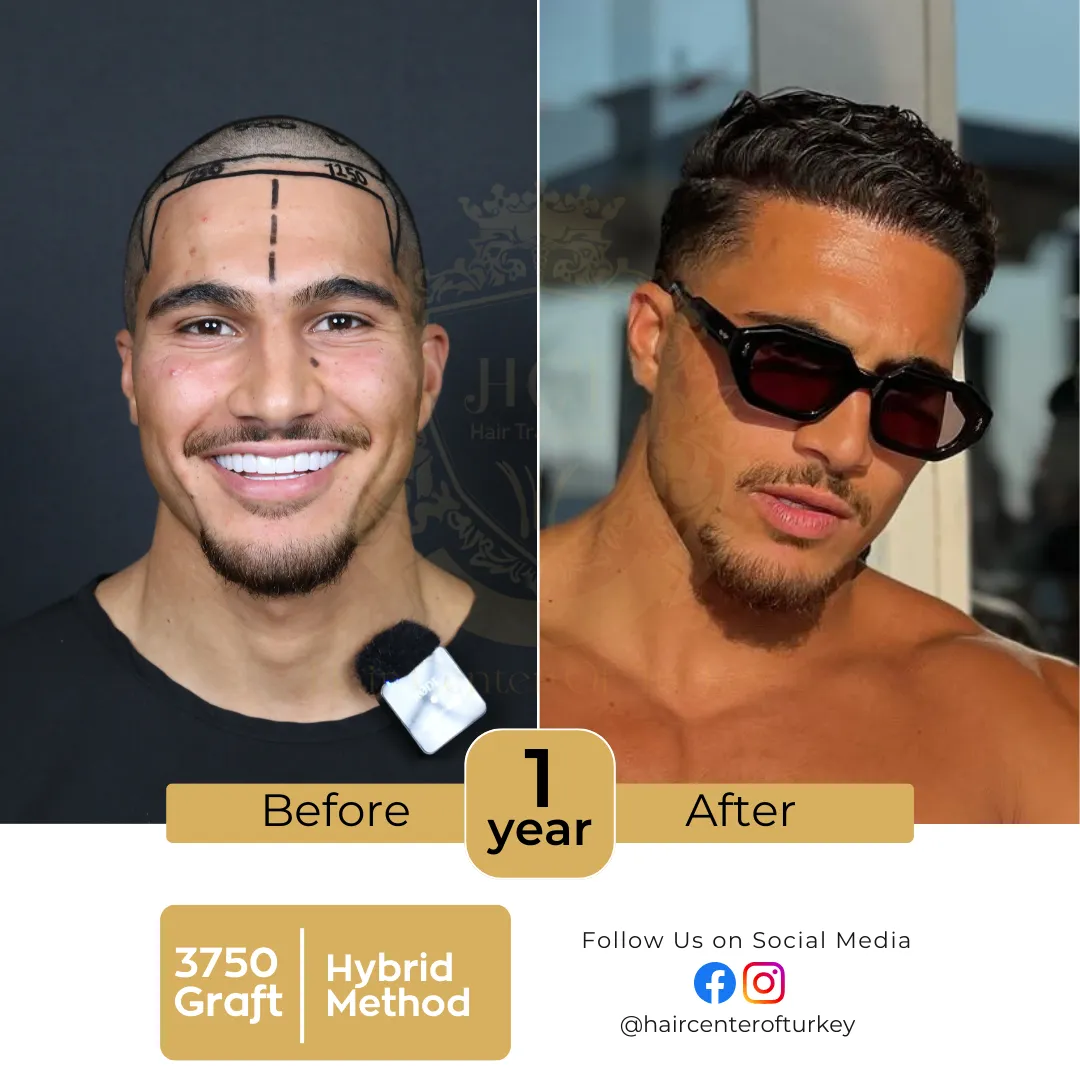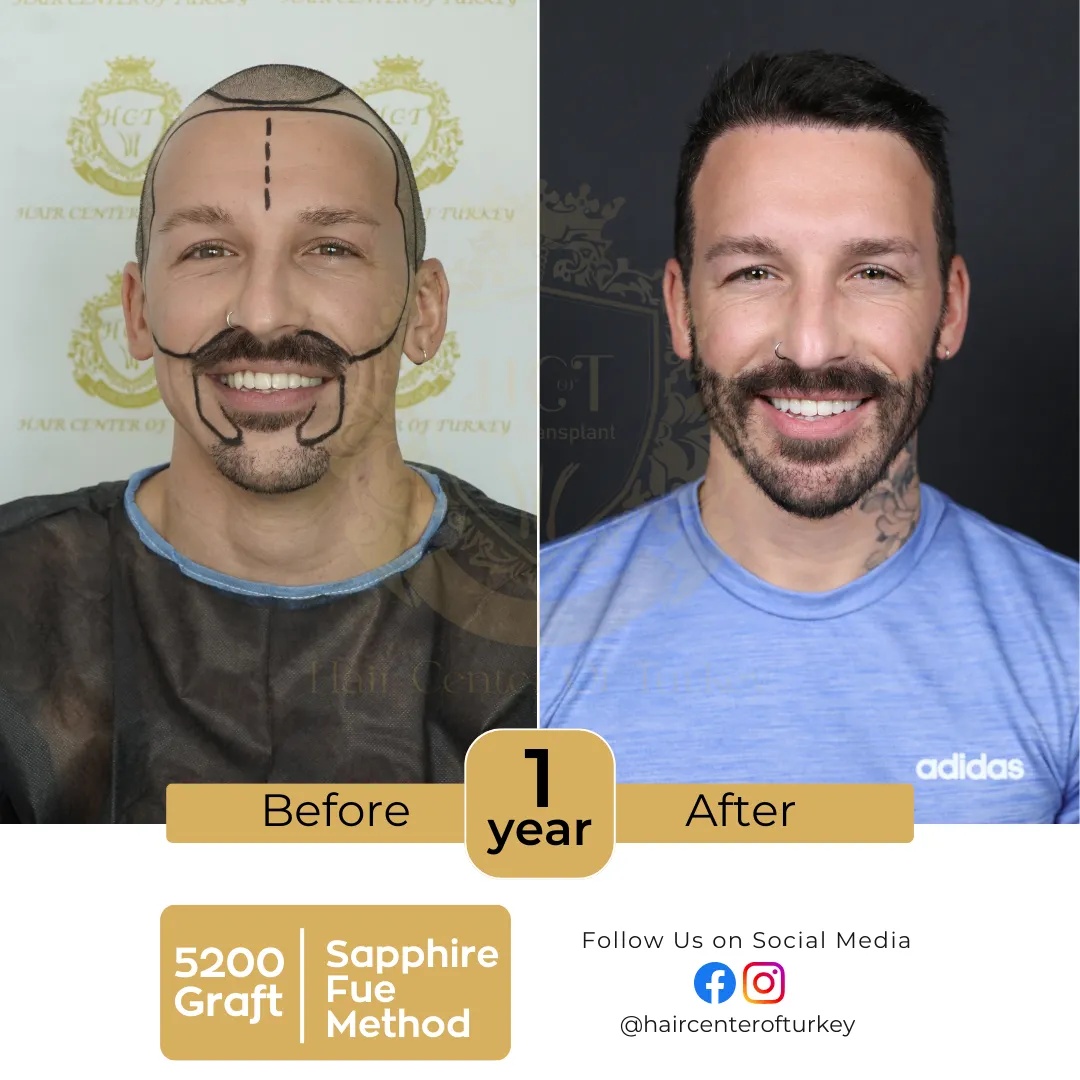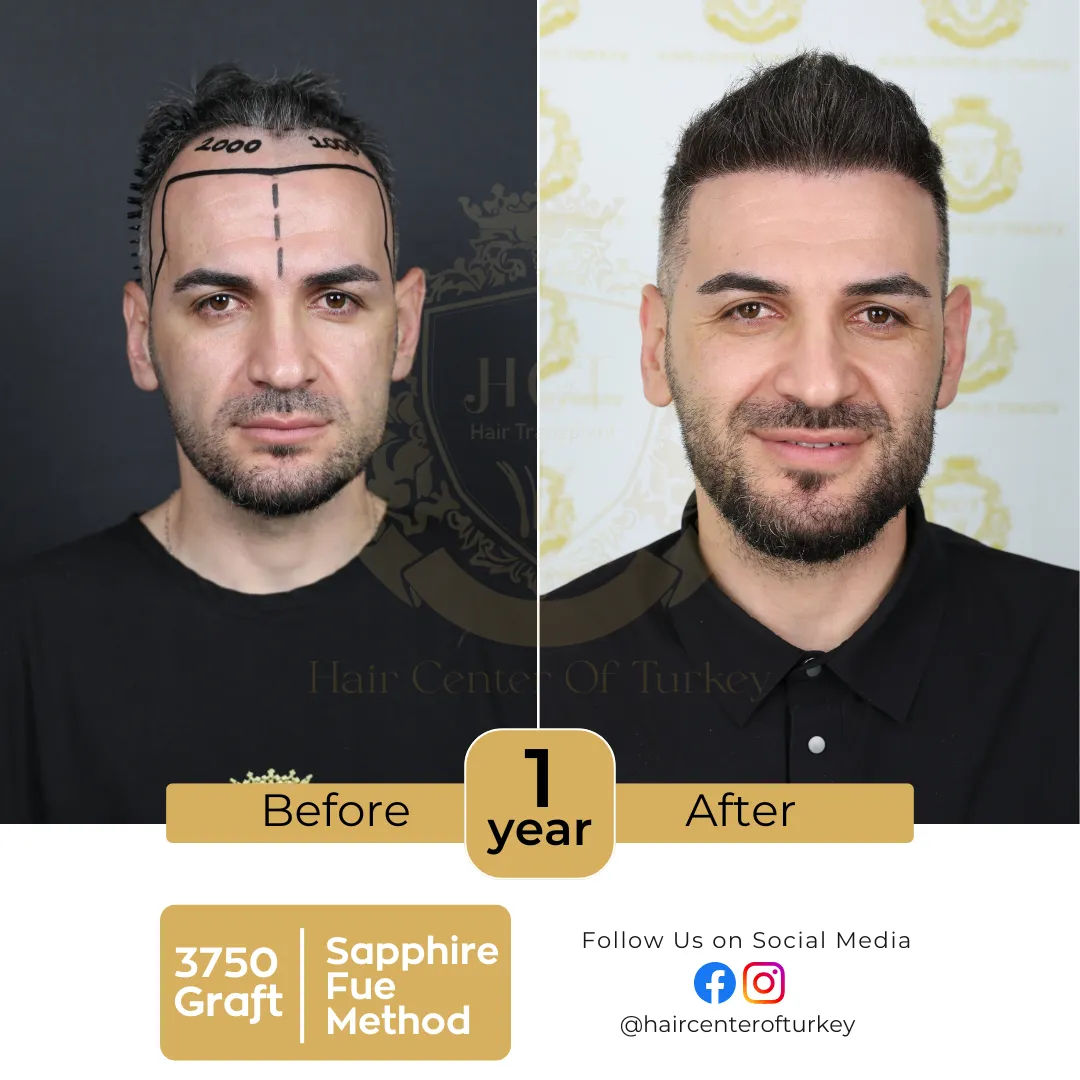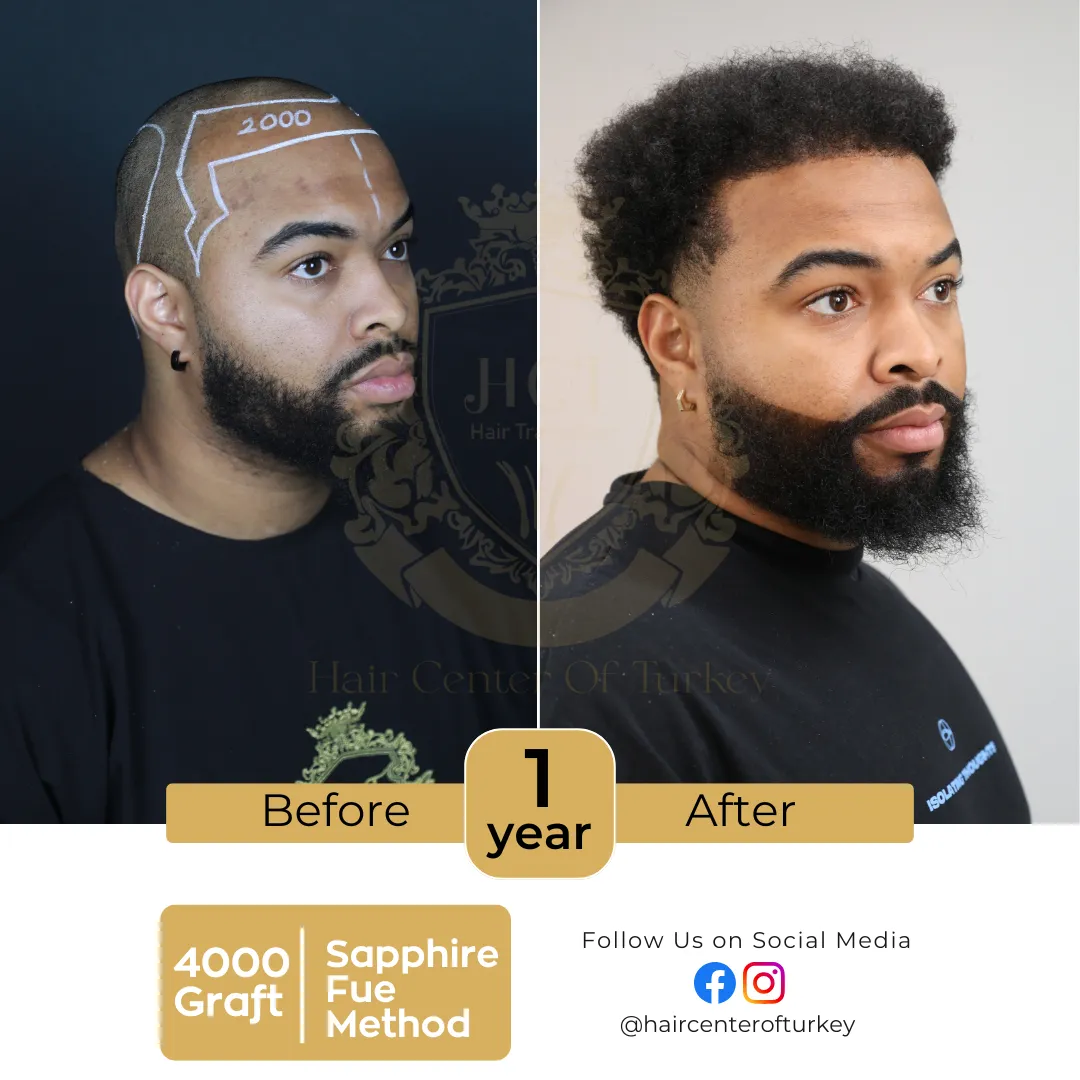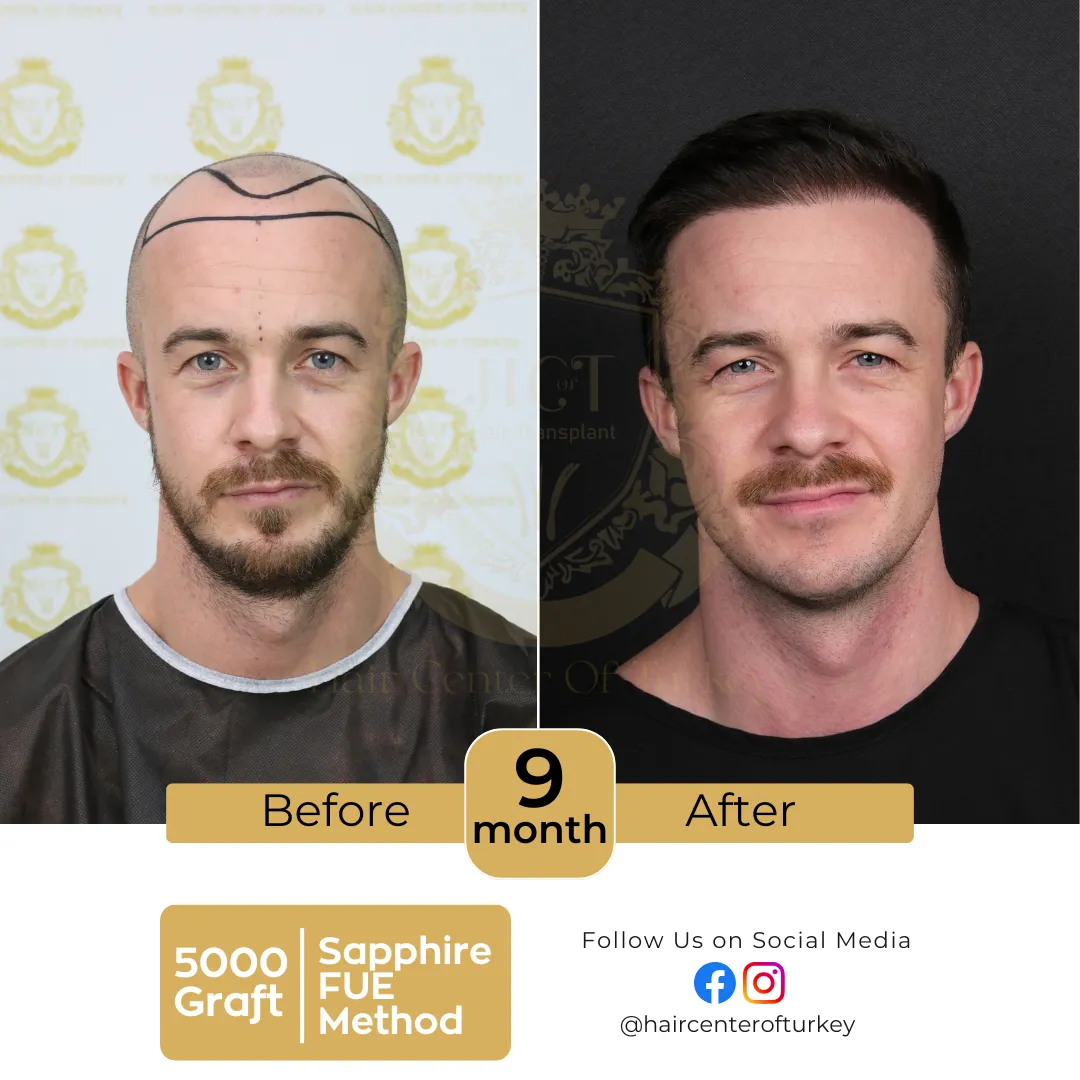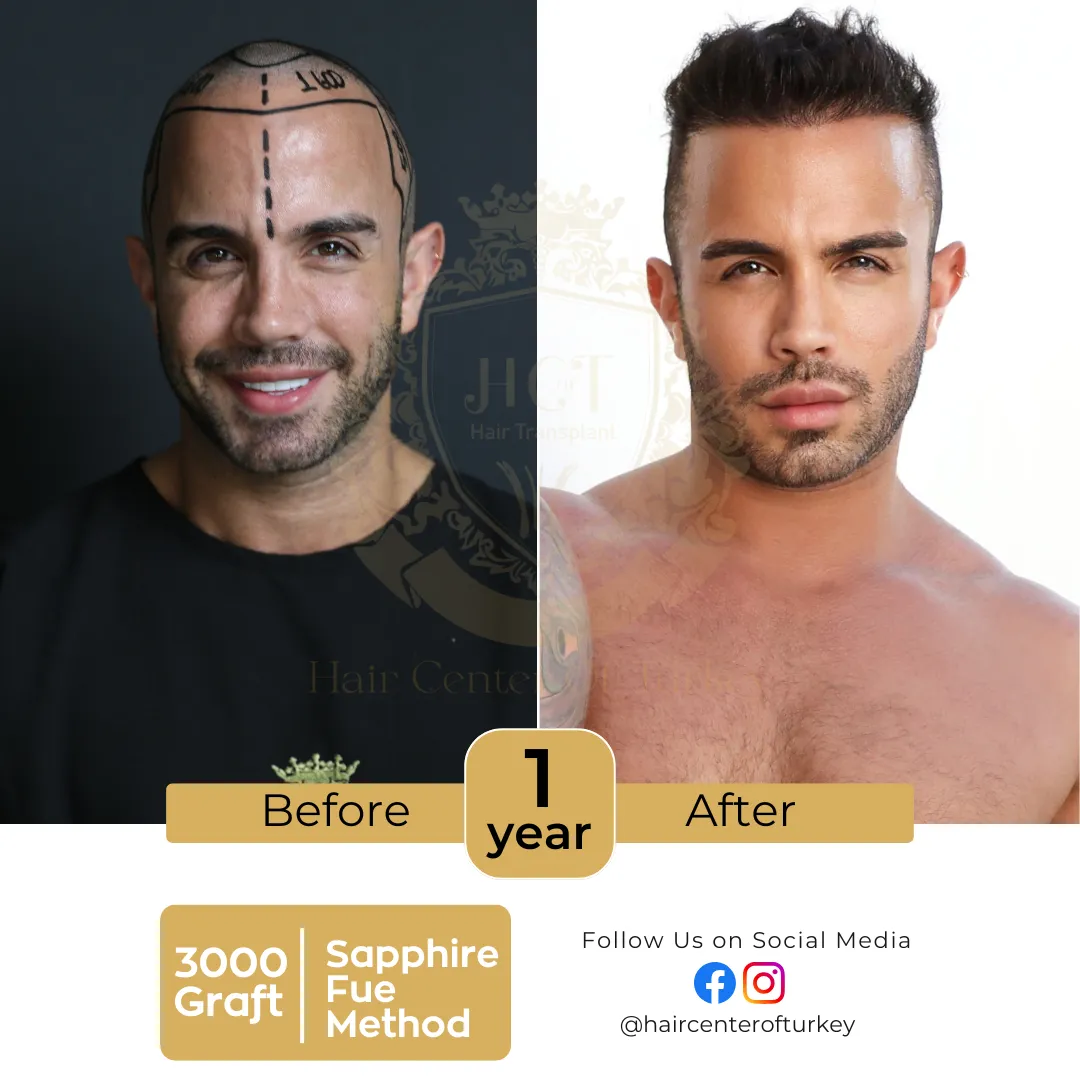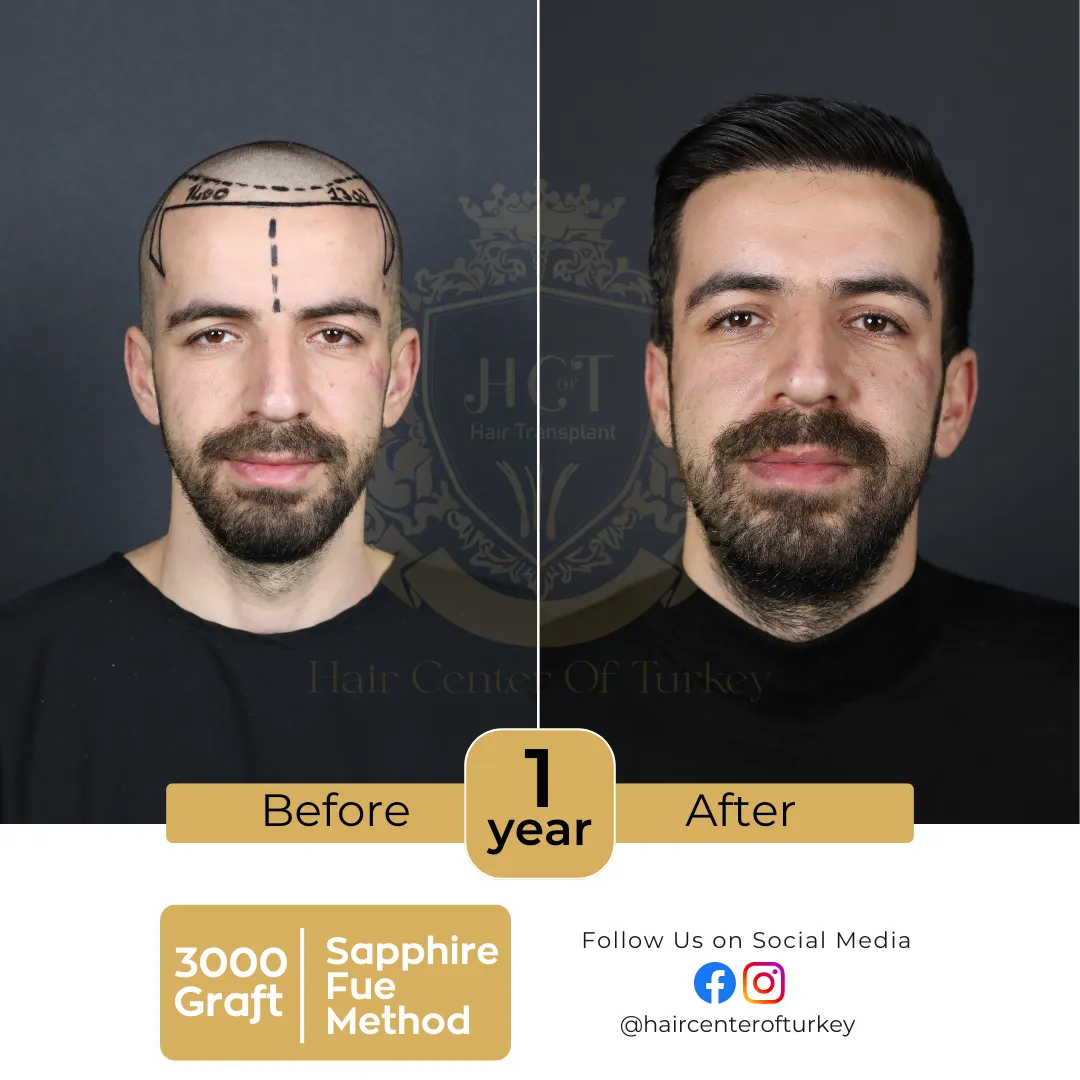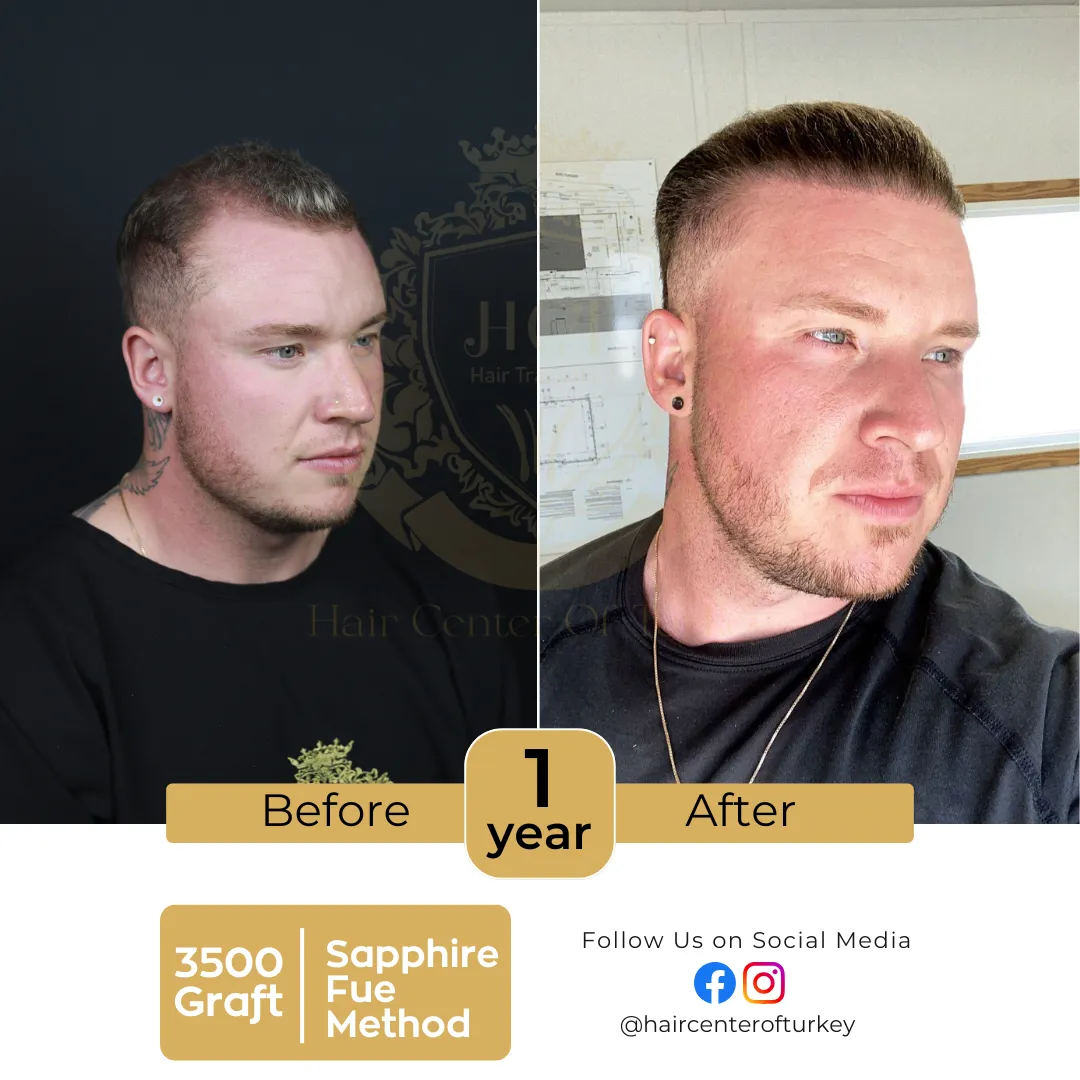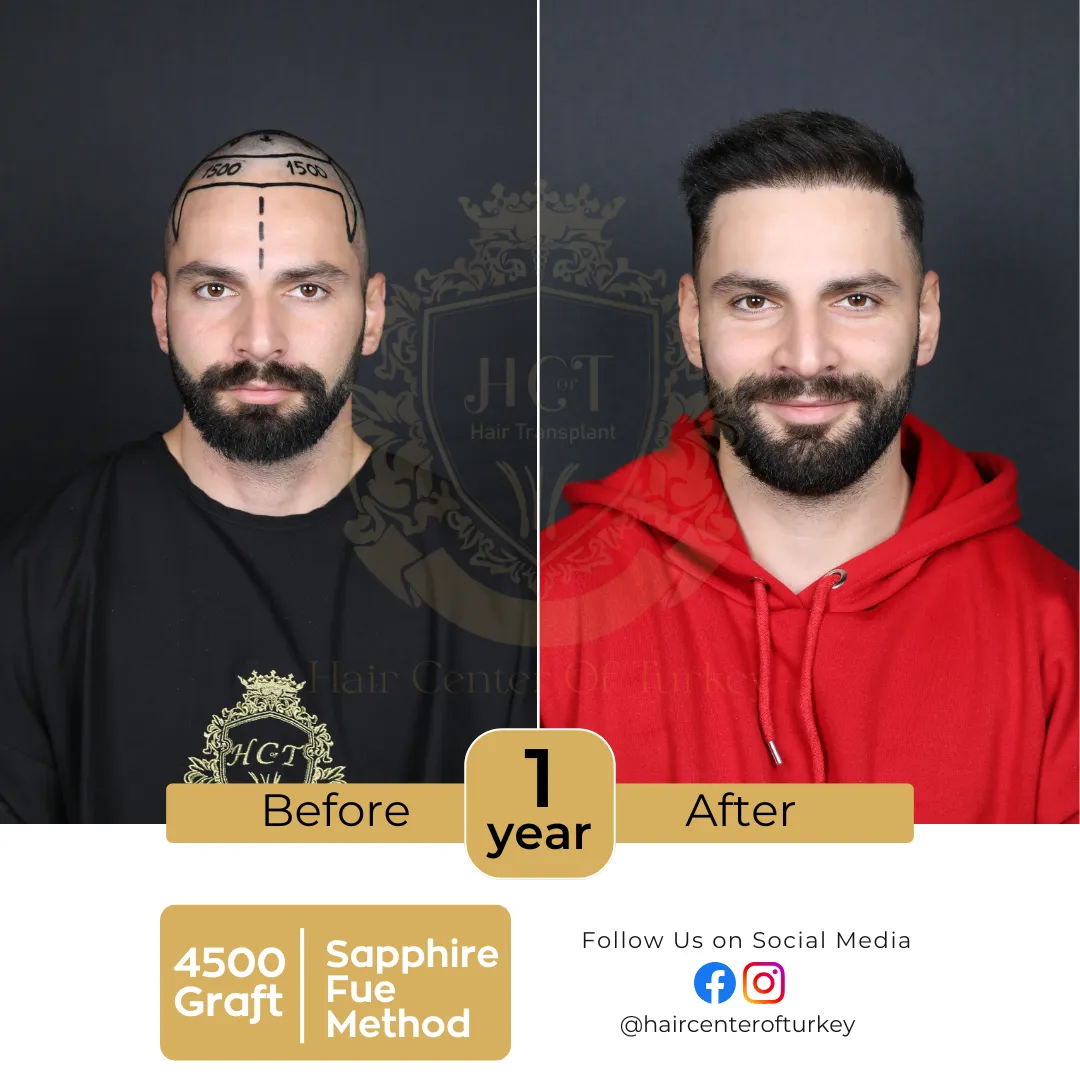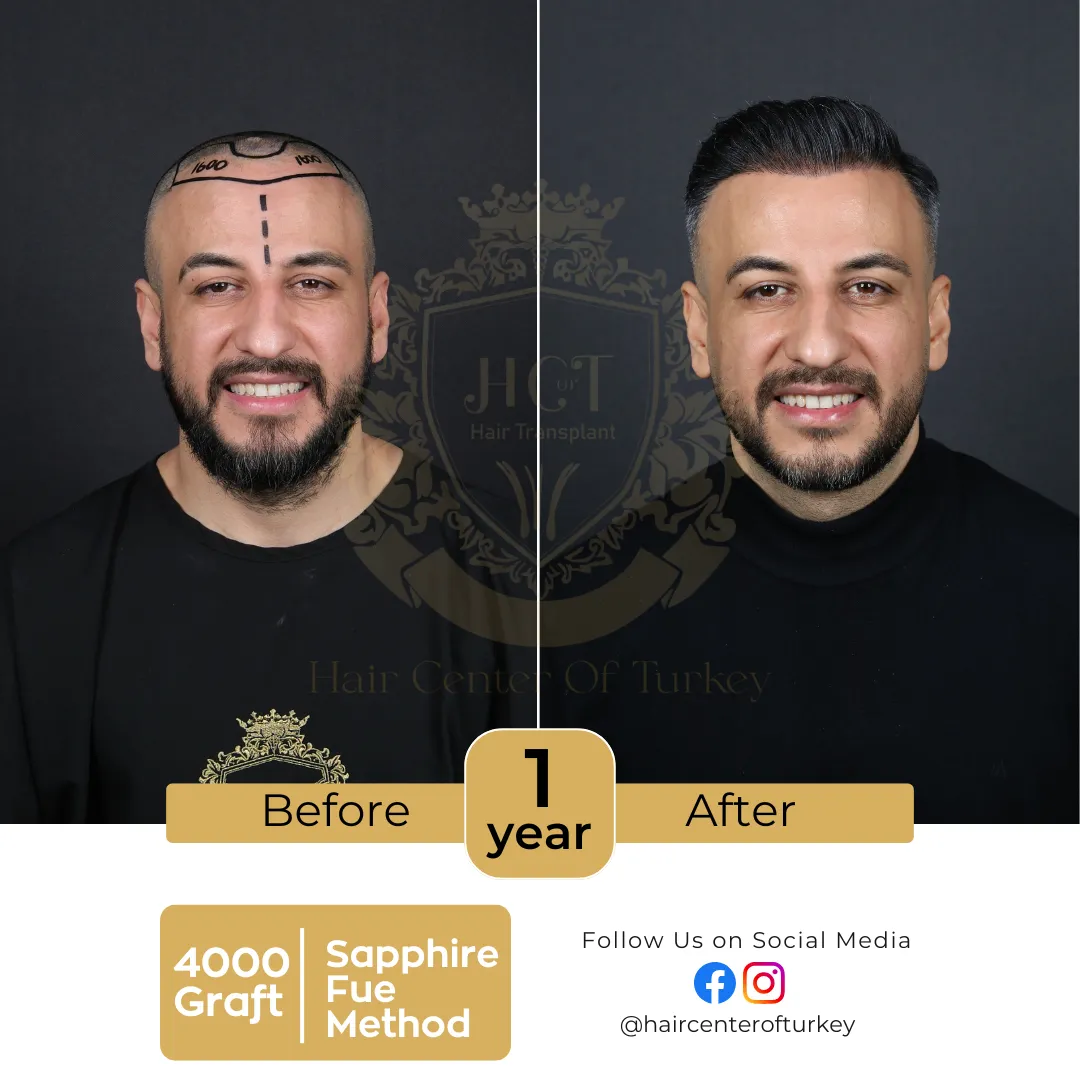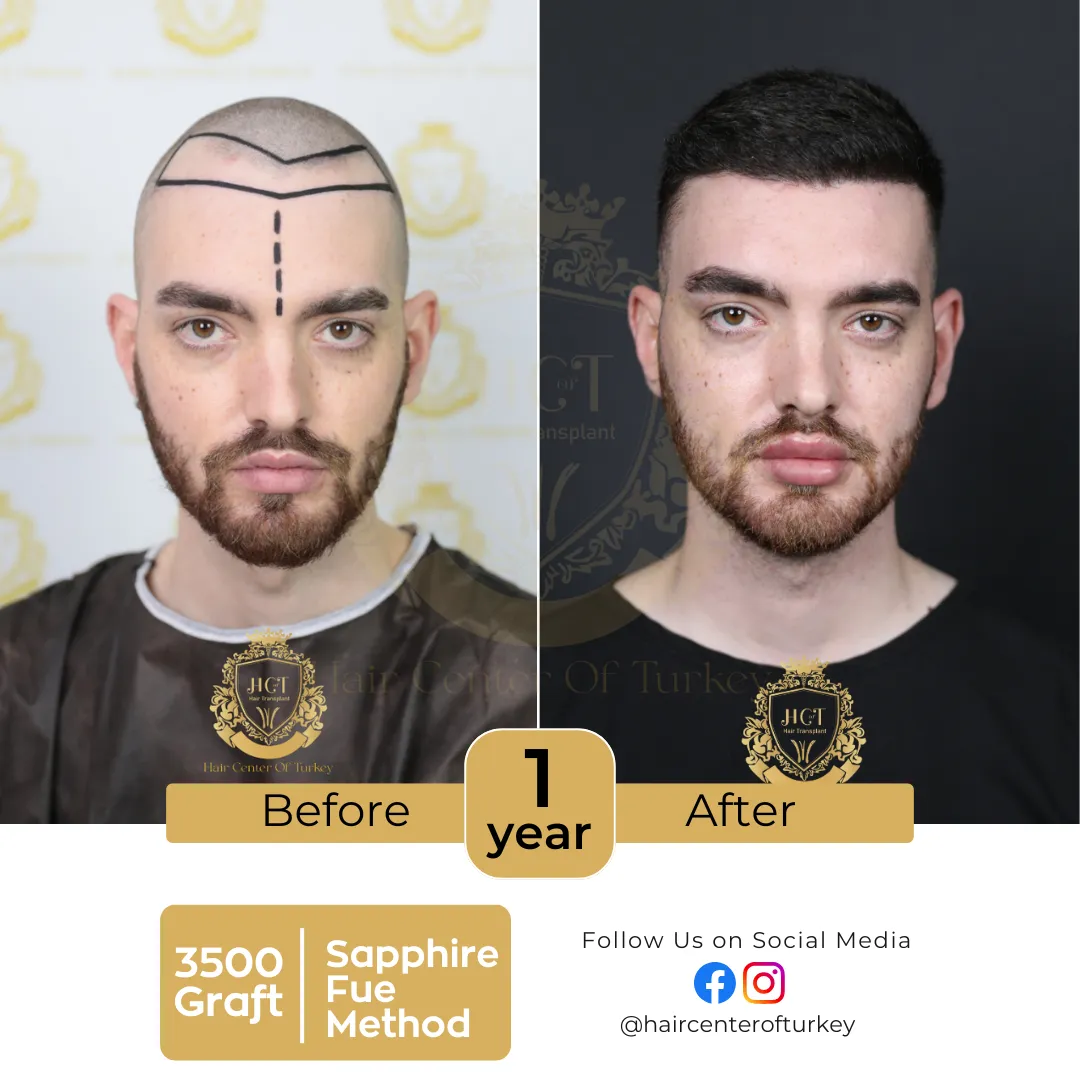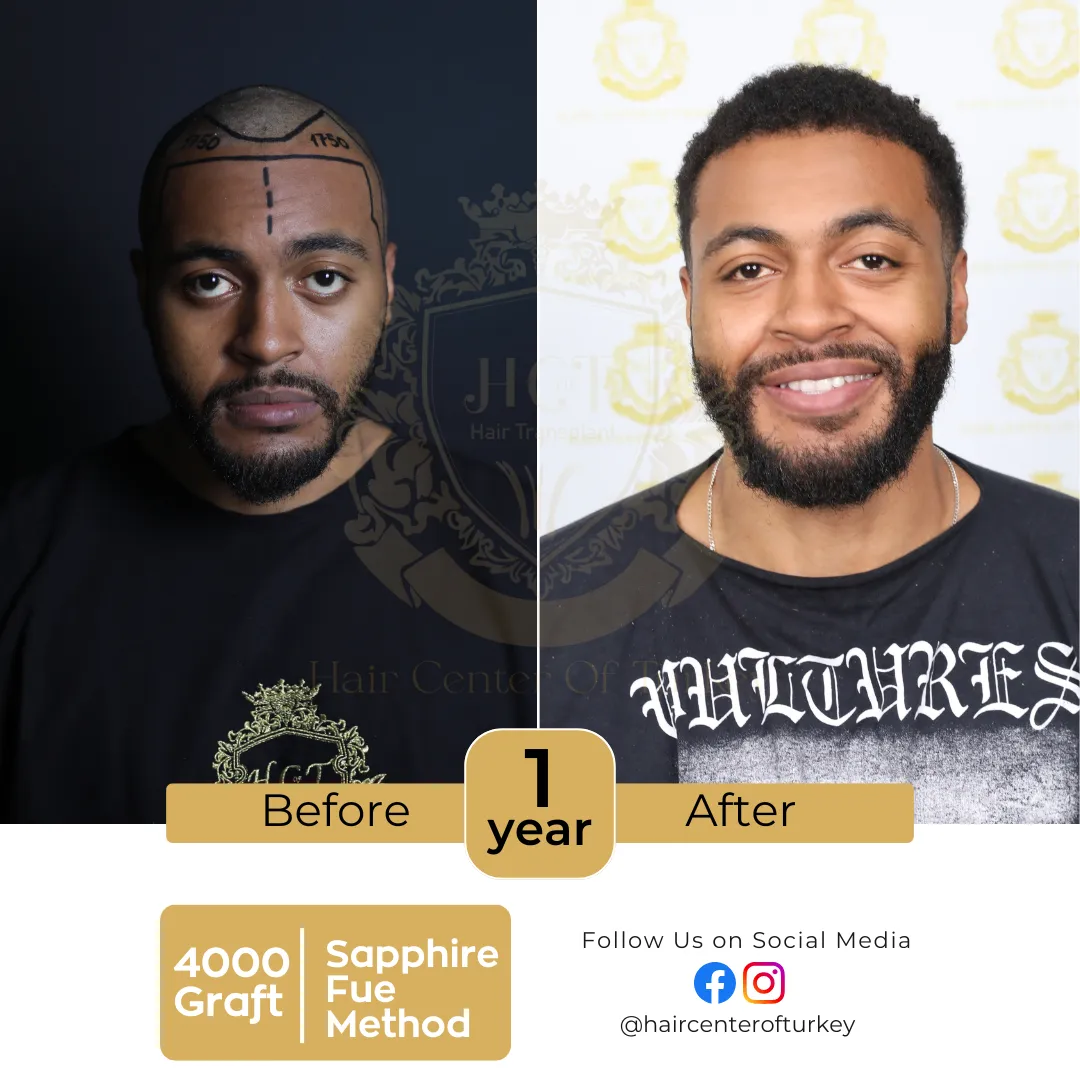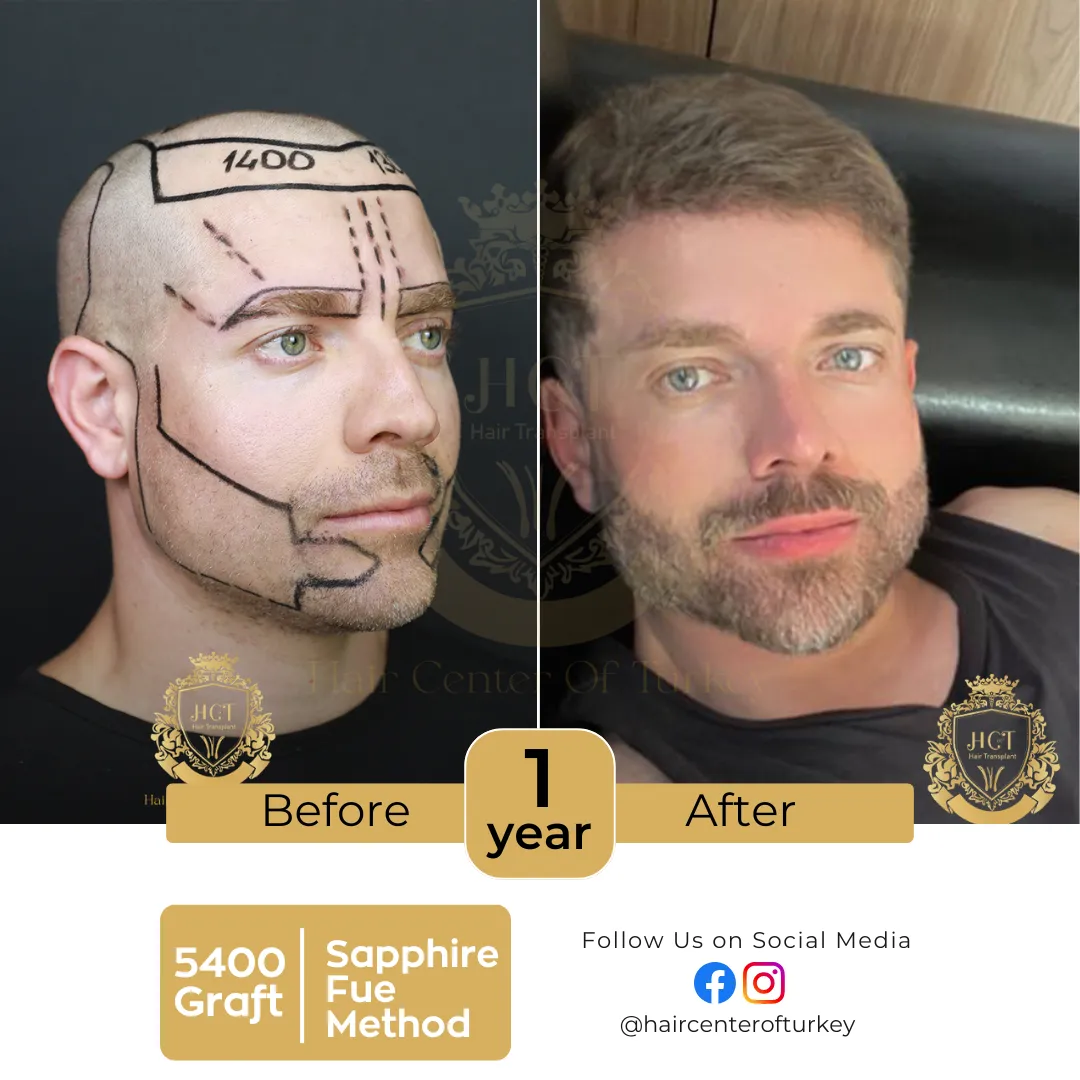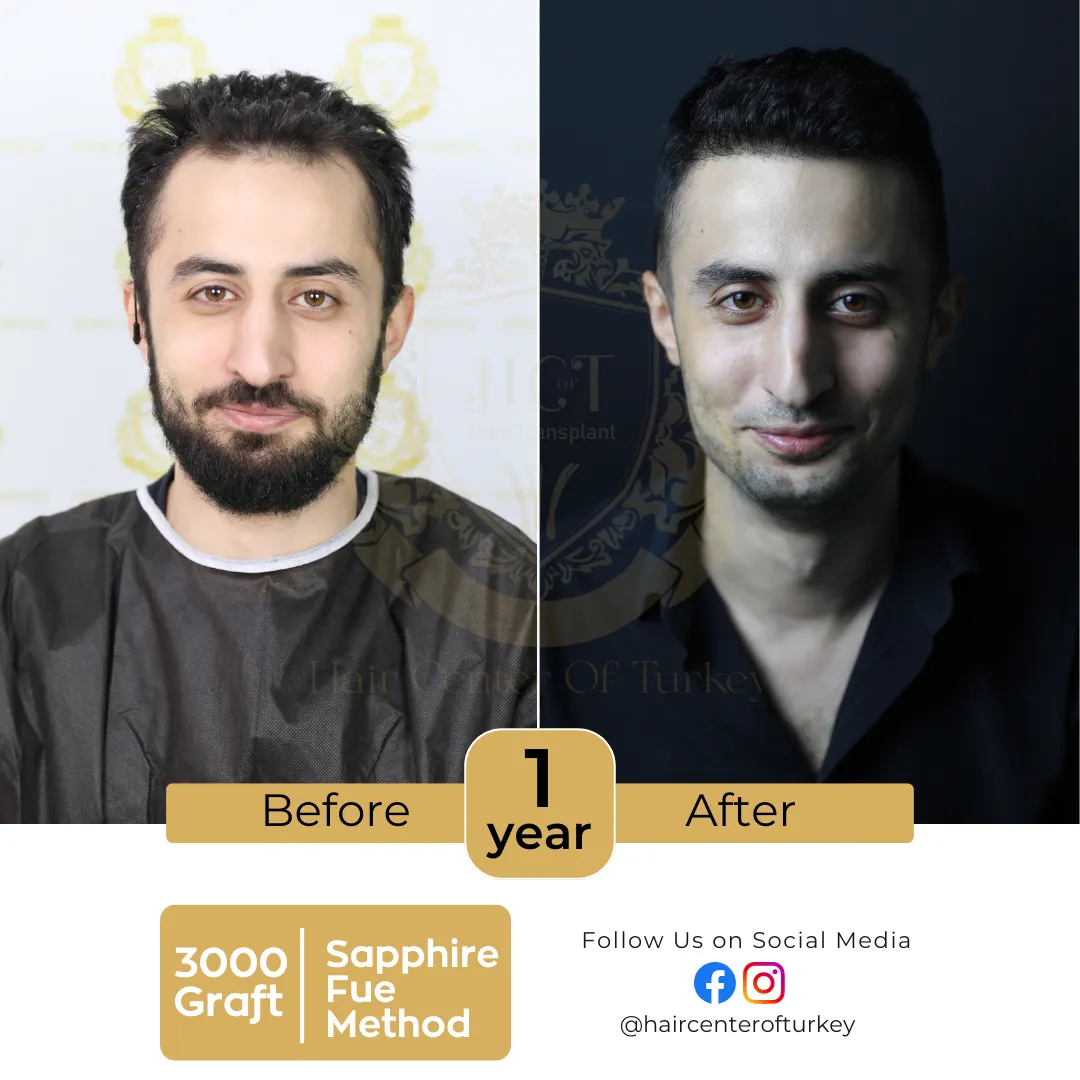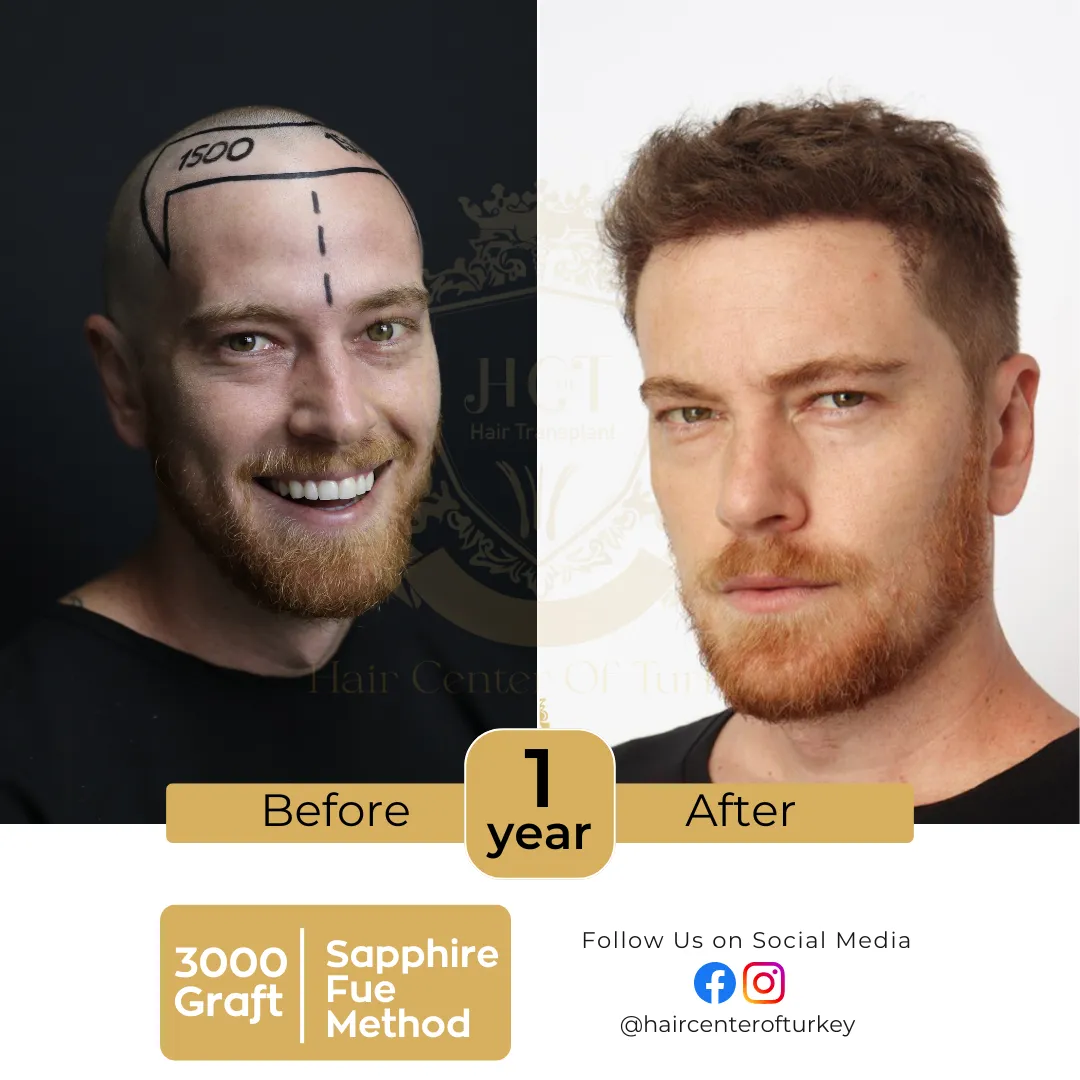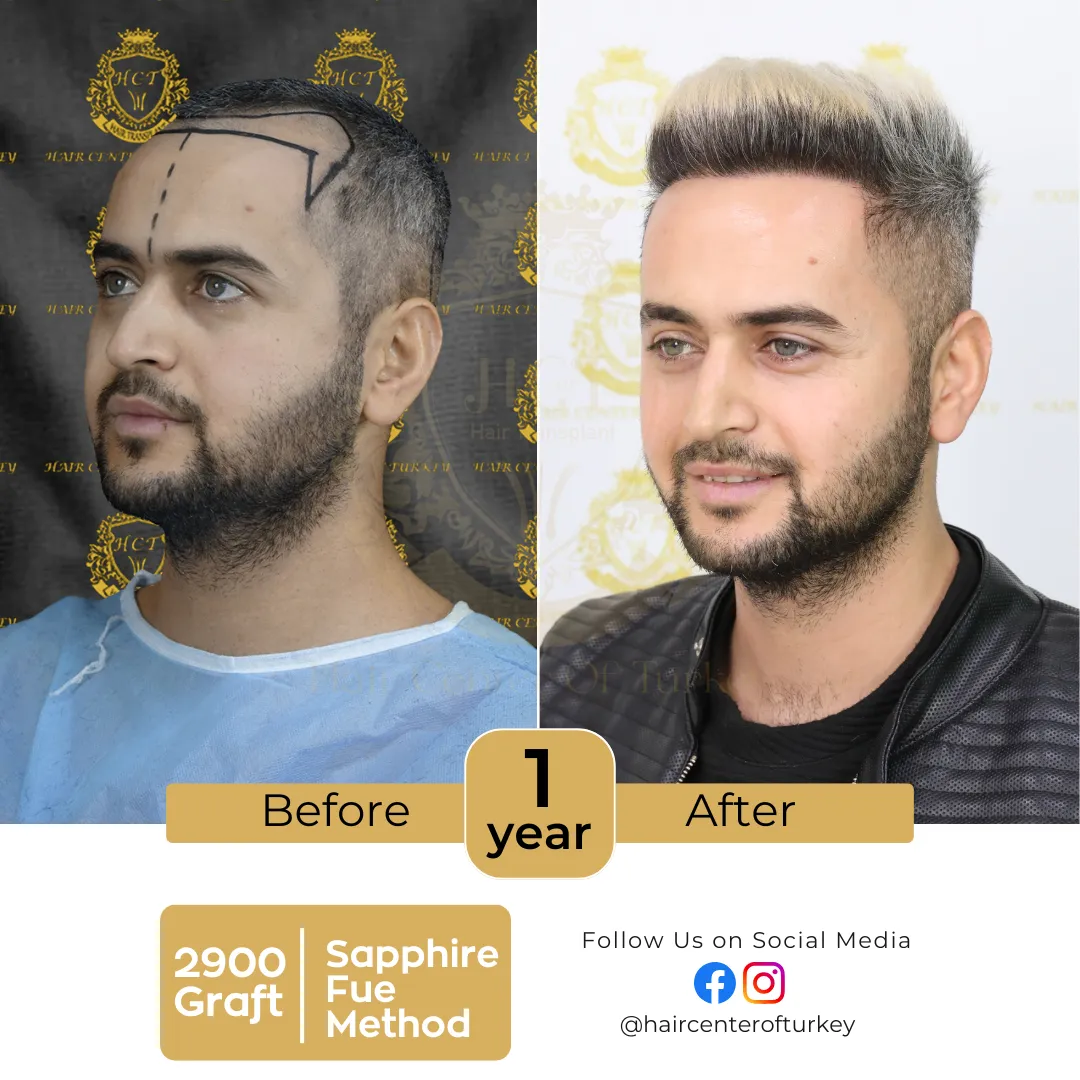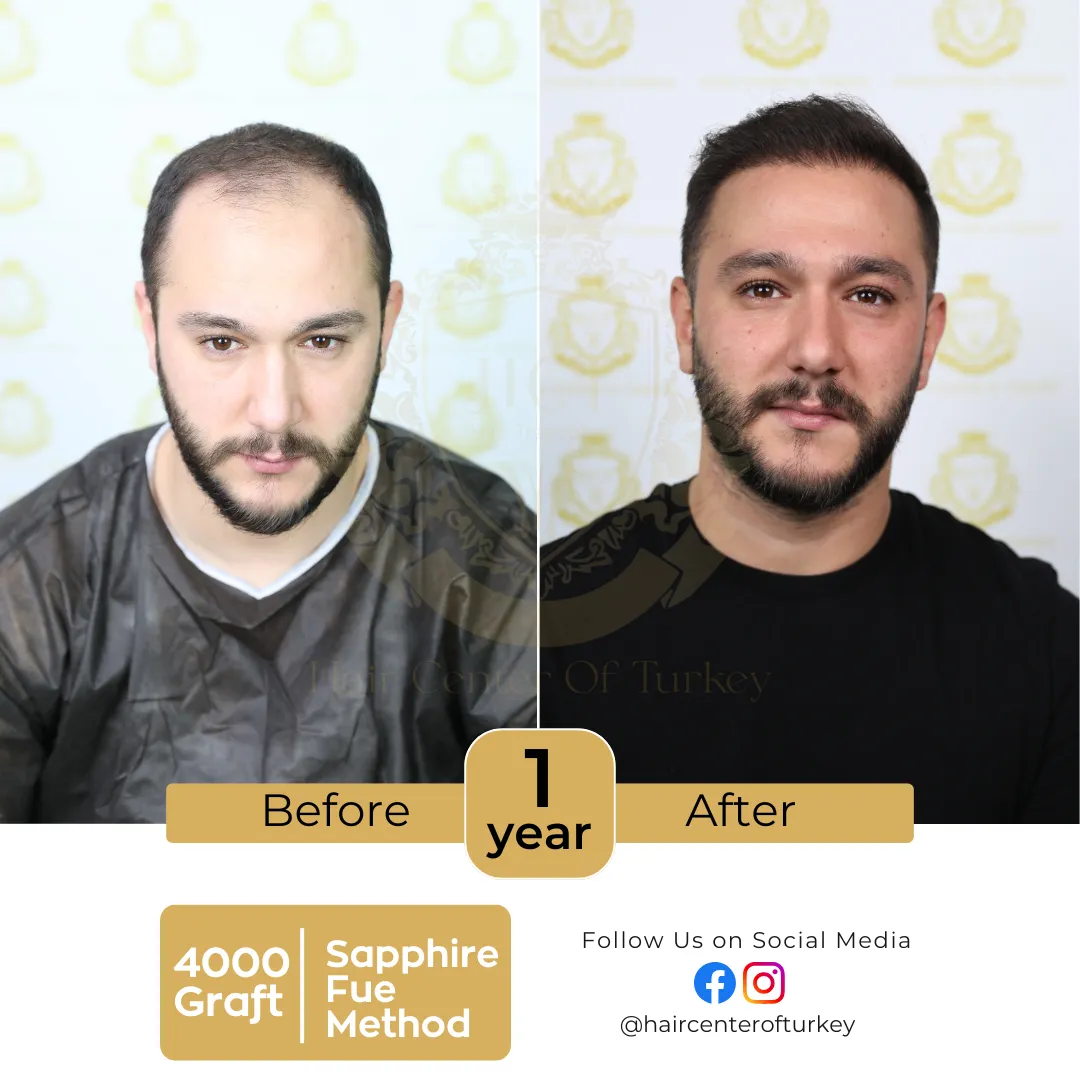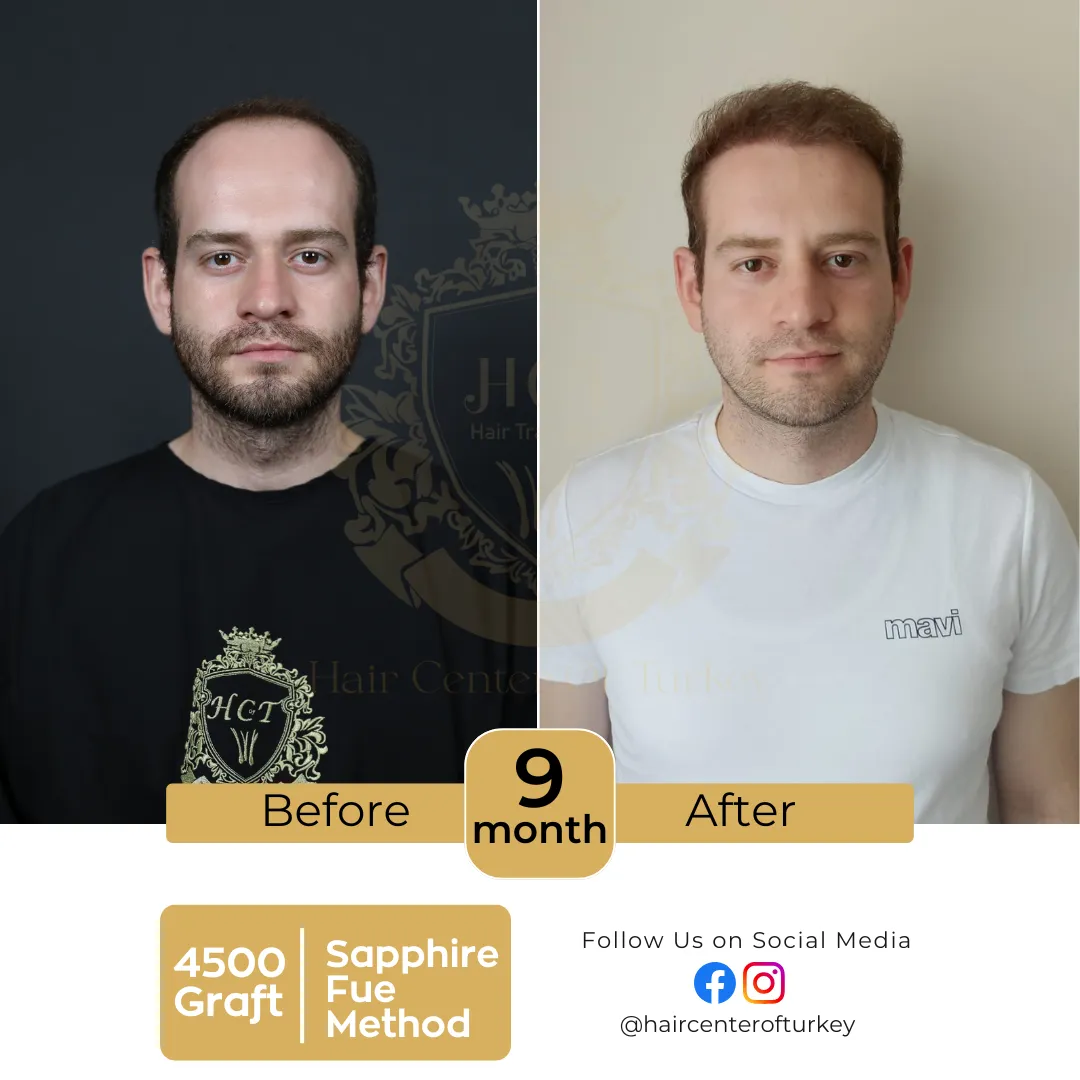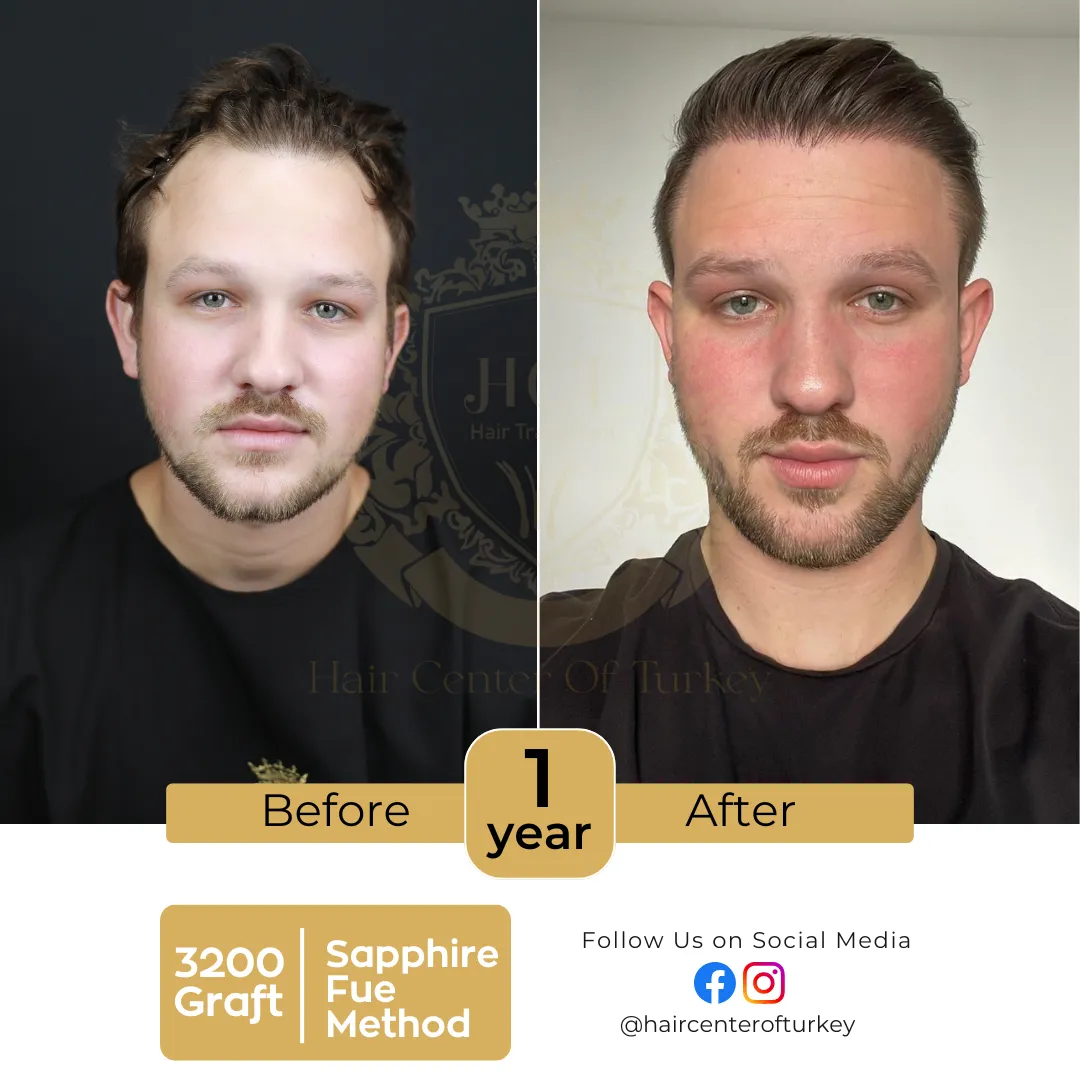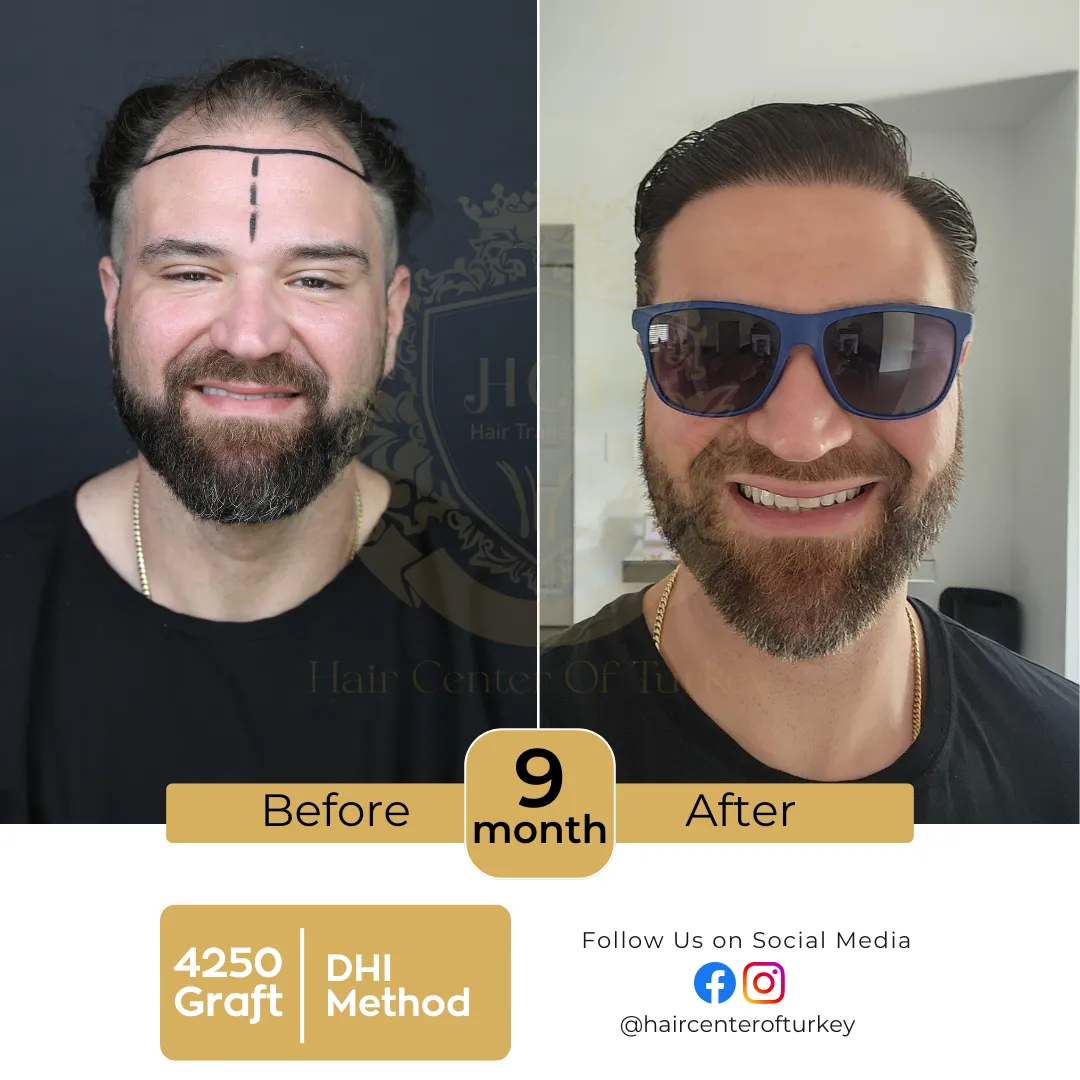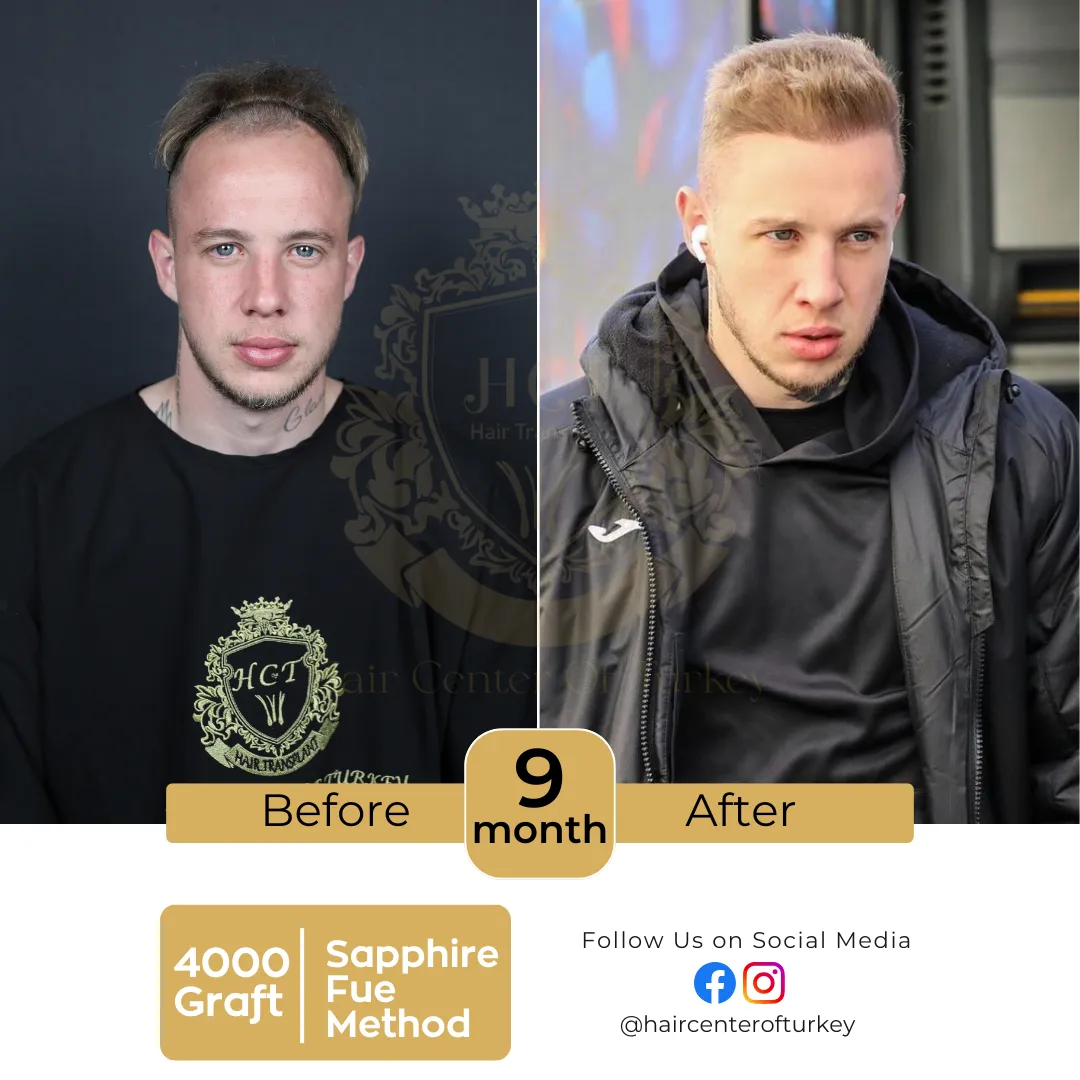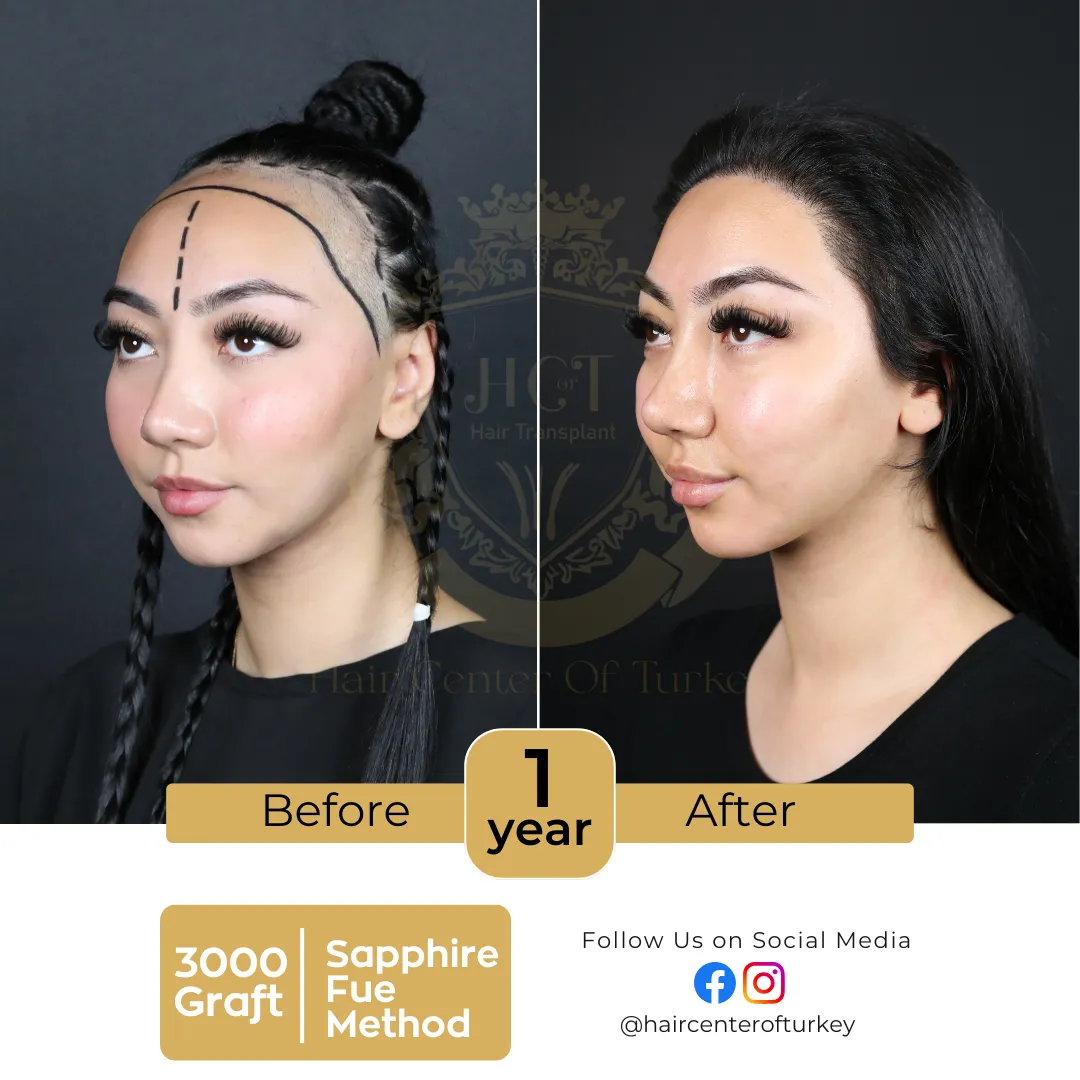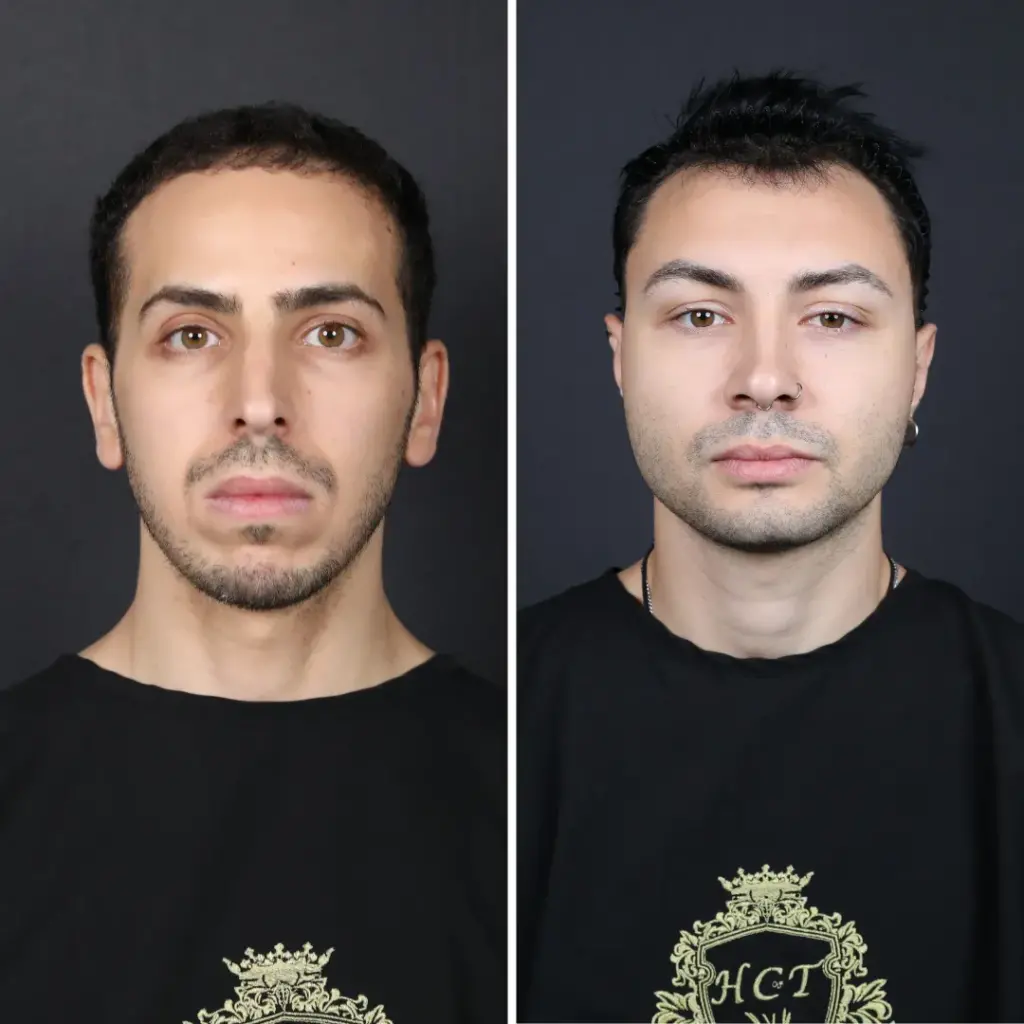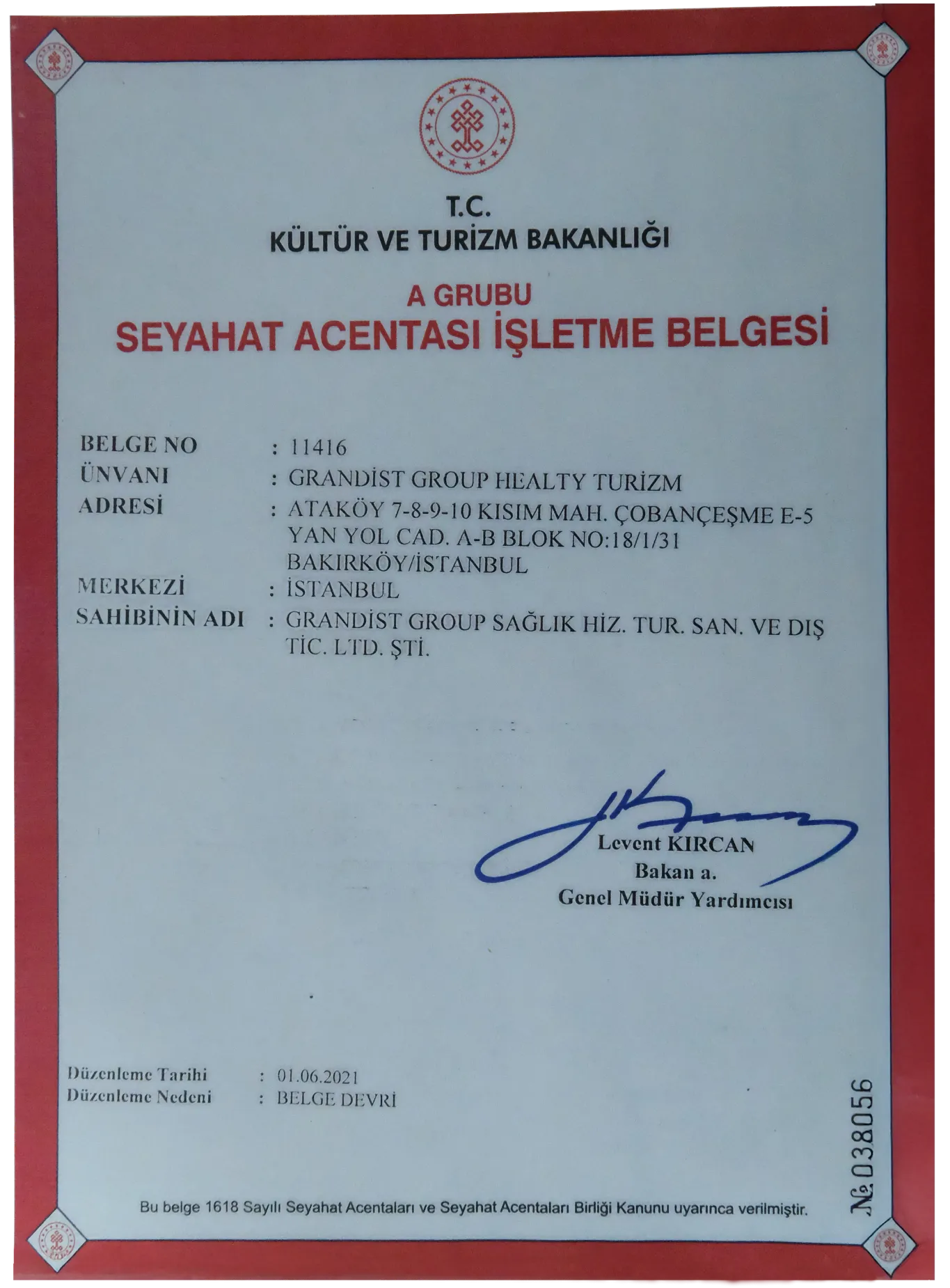How Much Hair is Normal to Lose in the Shower?
Have you ever found yourself in the midst of a blissful shower, only to glance down and realize it looks like half your hair has decided to take a dip with you? Don’t worry—you’re not alone in this experience. Many of us have stared at that little pile of hair on the tiles, wondering, “How much hair is normal to lose in the shower?”
Before you dive into a Google search for “is it normal to lose hair in the shower?” and start to panic, let’s take a moment to clarify what’s happening. We’ll unravel the mystery behind hair loss in the shower and help ease your concerns, addressing the facts to help you understand what’s truly going on.

Hair Shedding
On average, our scalps host around 250,000 hair follicles at any given moment, and some of these follicles can even produce multiple strands of hair. It’s perfectly normal for the average person to shed between 50 to 100 hairs each day, although this can vary based on factors like hair length and thickness.
Individuals with shorter or finer hair may notice less shedding compared to those with longer or thicker locks. For those who have voluminous or lengthy hair, washing can lead to shedding rates of 150 to 200 hairs on that day alone. However, this doesn’t mean they will lose the same amount the following day if they skip washing.
Moreover, people who wash their hair only once or twice a week may experience a spike in hair shedding during washing days due to the accumulation of oils and products on the scalp. Thus, while shedding is a natural part of hair maintenance, the frequency of washing can significantly influence how much hair is lost at any given time.

What is Hair Loss in the Shower?
Seeing strands of hair swirling down the drain after a shower can be a bit unsettling, but rest assured, it’s completely normal. On average, we shed between 50 to 100 hairs each day, and showers are simply a prime time for this shedding to become apparent.
So, why does this happen? Our hair undergoes a natural growth cycle that includes phases of growth, rest, and eventual shedding to pave the way for new hair. If you notice some hair loss while rinsing off, there’s no need to panic. It’s just your scalp performing its routine upkeep, and it doesn’t mean you’re heading toward baldness.
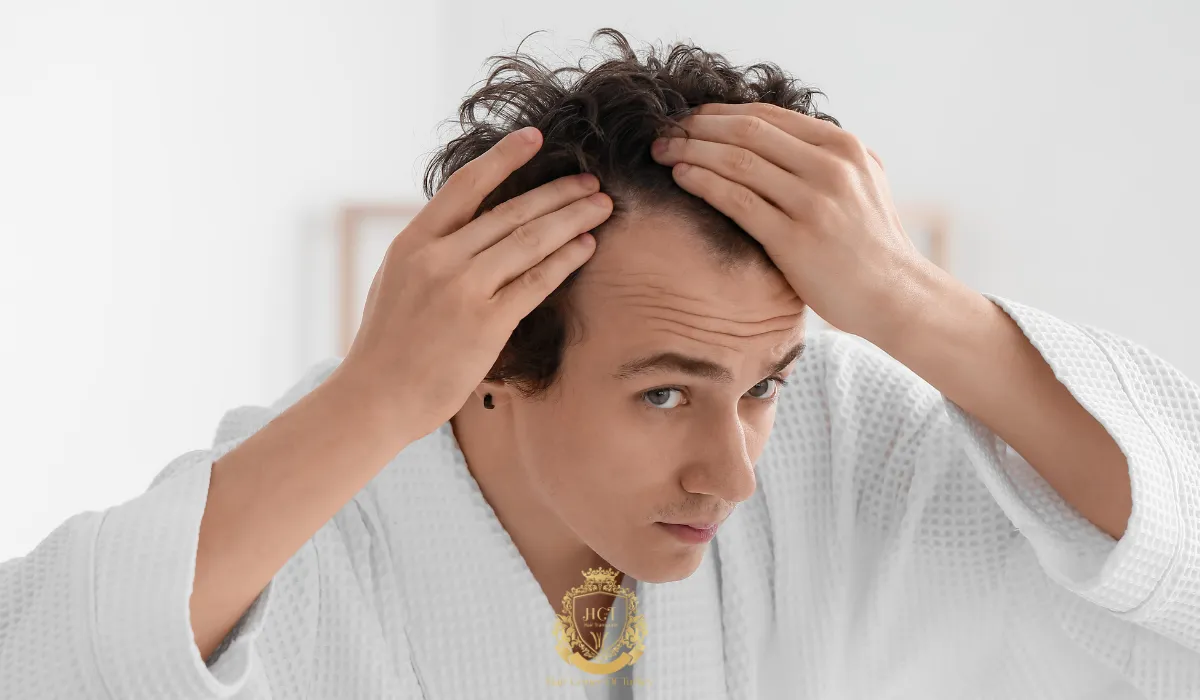
Hair Shedding vs Hair Breakage
It’s important to distinguish between shedding and breakage, as they are not the same thing. Shedding is a natural process that occurs when hair reaches the end of its life cycle, which is why you might notice some strands in the shower. On the other hand, breakage is a sign of damage, often caused by excessive heat, harsh chemical treatments, or tight hairstyles.
The good news is that while you can’t prevent shedding, you can certainly minimize breakage. To keep your hair looking its best, handle it gently and choose nourishing products. Try to limit your use of heat styling tools, and avoid pulling your hair back too tightly in ponytails or braids. With a little extra care, you can help maintain healthier, stronger hair.
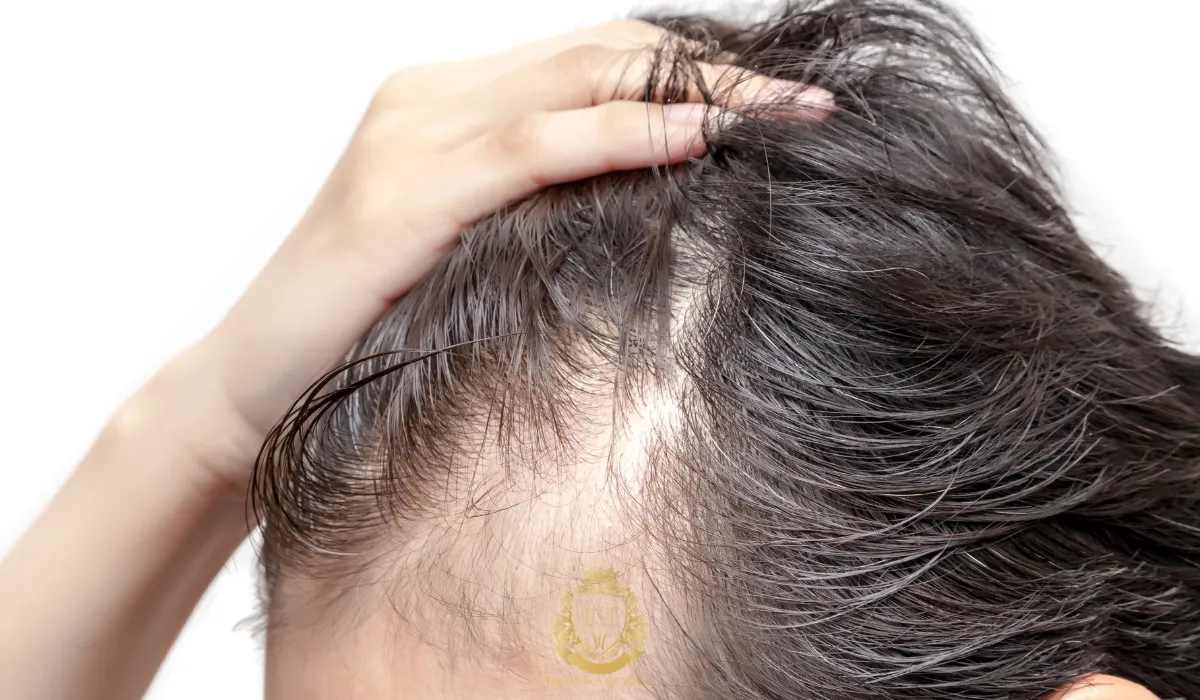
Still Worried About Hair Loss?
It’s important to distinguish between hair shedding and hair loss. While shedding is a natural part of the hair growth cycle, hair loss indicates that hair has ceased to grow altogether.
Chronic or excessive hair loss, known as telogen effluvium, can signal underlying issues that may require attention. Here are some potential causes of hair loss:
- Stressful Life Events: Experiencing significant stressors, such as a divorce, the death of a loved one, or job loss, can trigger hair loss.
- Hormonal Changes: Events like childbirth or other hormonal fluctuations can impact hair growth patterns.
- Medical Conditions: Certain illnesses, including thyroid disorders or nutritional deficiencies, can contribute to hair loss.
- Weight Fluctuations or Dieting: Significant weight loss or drastic dietary changes can affect your hair’s health and lead to shedding.
- Medications: Some medications can have hair loss as a side effect, impacting your overall hair health.
Recognizing the difference between normal shedding and concerning hair loss is crucial, especially when chronic hair loss may point to deeper health issues. If you notice an unusual amount of hair loss, it might be worth consulting a healthcare professional for further evaluation.
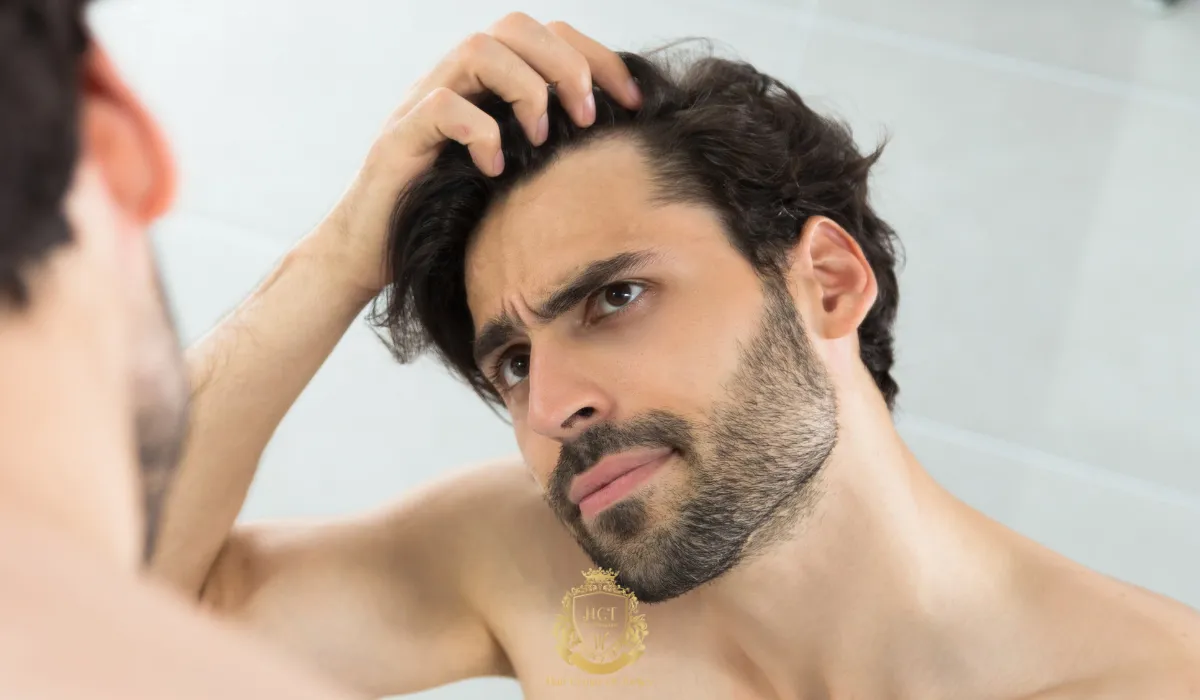
F.A.Q. (Frequently Asked Questions)


